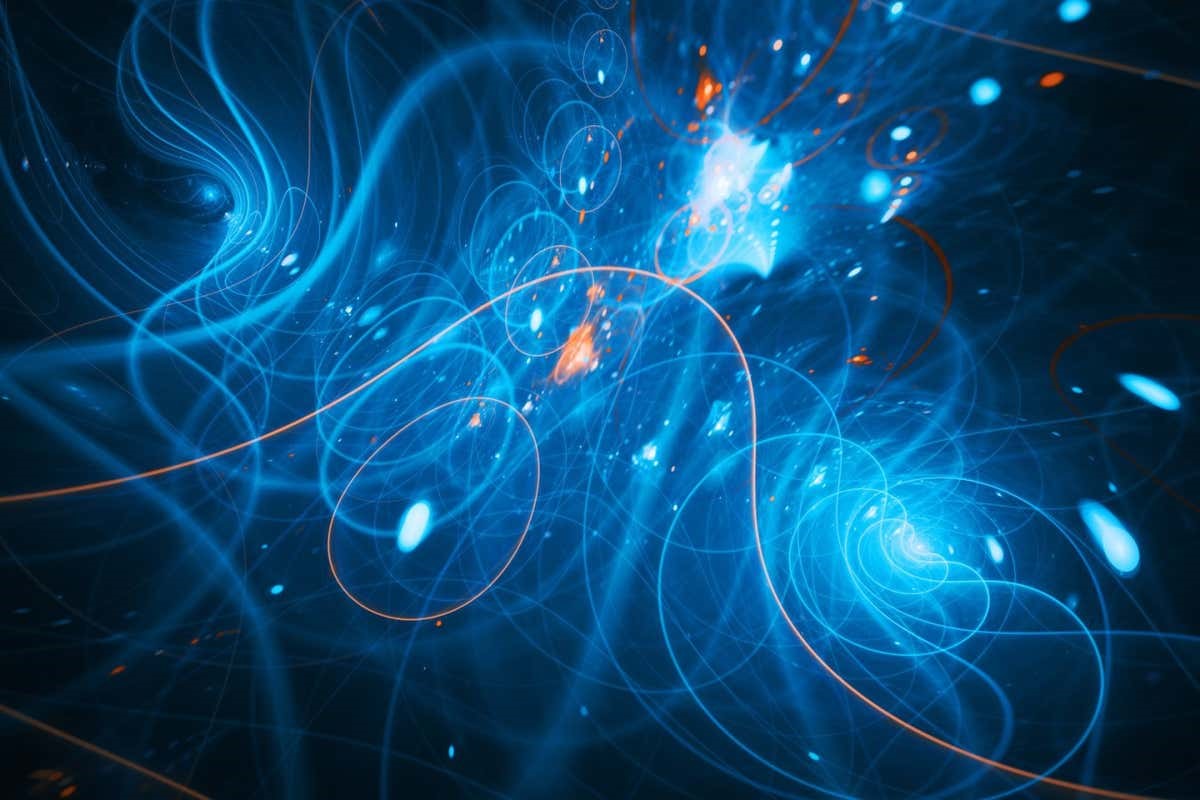Antimatter Definitely Doesn't Fall Up, Physicists Confirm
In a significant development for the study of antimatter and its interaction with gravity, the first-ever test has confirmed that antimatter falls down, not up. This finding rules out the possibility of antimatter defying gravity or being used in antigravity machines. While the measurement indicates that antimatter behaves similarly to regular matter in gravity, there is some room for uncertainty, which leaves open the potential for subtle differences and the exploration of new physics.

Figure 1. Antimatter Definitely Doesn't Fall Up, Physicists Confirm
Figure 1 shows Quantum mechanics predicts the existence of antimatter counterparts for many particles, differing only in their electric charge. According to Einstein's theory of relativity, gravity should affect all massive particles in the same way, regardless of their charge. However, testing this has been exceptionally challenging due to the tendency of antimatter to annihilate upon contact with its corresponding particle. This annihilation makes it difficult to generate and store sufficient quantities of antimatter for experiments.
Jeffrey Hangst and his team at Aarhus University in Denmark have conducted an experiment to measure how gravity affects antihydrogen, composed of a positron and an antiproton. While normal matter on Earth accelerates during free fall at approximately 9.81 meters per second squared (g), the research revealed that antimatter falls at a rate between 0.46g and 1.04g, definitively in the downward direction. This finding unequivocally dismisses the notion that antimatter could fall upwards as often depicted in science fiction. However, it does leave room for the possibility of slight differences in the accelerations of matter and antimatter.
To conduct their ALPHA-g experiment at the CERN particle physics laboratory near Geneva, Switzerland, Hangst and his team designed a series of vertically-stacked chambers. These chambers served the purpose of generating and containing antihydrogen. They introduced positrons from a radioactive source and antiprotons from a particle accelerator into these chambers, where both particles were decelerated and maintained at temperatures just above absolute zero. By combining these two types of antimatter particles in a single chamber and employing powerful magnetic fields, they were able to produce roughly 20 neutral antihydrogen atoms every 4 minutes, keeping them in place.
To test the effect of gravity on antihydrogen, the researchers gradually released the magnetic fields at both the top and bottom of the chamber over a span of 20 seconds. They then counted the atoms that emerged in both directions. The objective was to identify any statistical imbalances in the number of particles coming out at the bottom, which would suggest a preference for falling towards Earth.
Tara Shears, a researcher at the University of Liverpool, UK, praised the technological achievement of Hangst and his team in their ALPHA-g experiment. She emphasized that while particle accelerators typically focus on accelerating particles to high speeds, trapping them at slow enough speeds to measure gravity's impact is exceptionally challenging.
The findings of the study conclusively confirm that antihydrogen falls towards Earth, effectively ruling out the notion that antimatter possesses repulsive gravitational properties. However, ongoing experiments like AEgIS and GBAR at CERN are expected to shed light on potential subtle differences between matter and antimatter, providing further insights into this fundamental aspect of physics.
Source:NewScientist
Cite this article:
Janani R (2023),Antimatter Definitely Doesn't Fall Up, Physicists Confirm,Anatechmaz,pp.763

